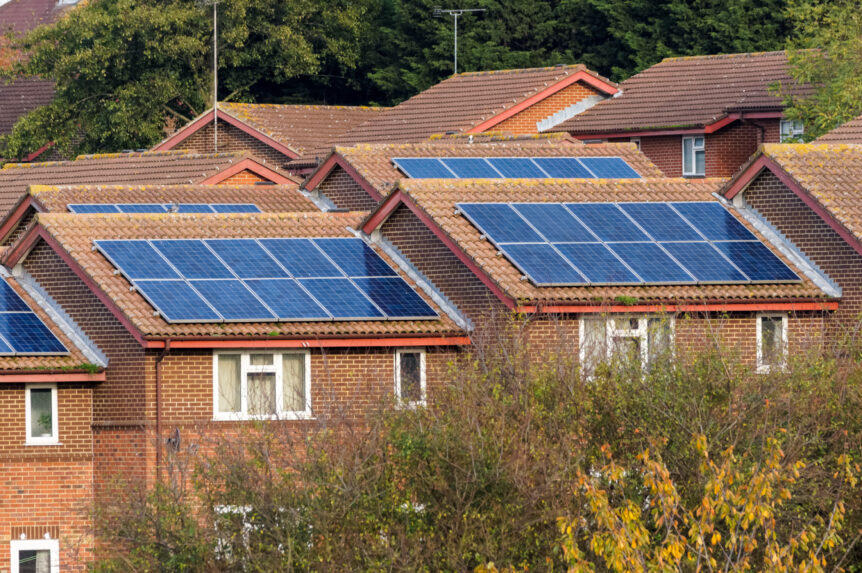Lee Alexander | TBL Fund Finance Manager
Mr. Alexander supports TBL Fund by developing and executing corporate strategic initiatives relating to risk and compliance to facilitate growth and to drive process improvements and operational efficiencies.
A blog published through the U.S. Dept. of Energy’s Better Buildings Solution Center discussed the value of leveraging financing and renovation events to drive low-income multifamily housing energy retrofits. Key considerations include:
- Building owners of multifamily affordable housing (MFAH) are more able to consider investing in energy efficiency and renewable energy during times when major renovations are being planned.
- A capital needs assessment (CNAs) is a valuable tool—it is a property inspection to estimate the cost of maintaining it over a 5- to 20-year time span that sets a budget and brings up immediate needs.
- Energy improvements that reduce operating costs can be identified and included in the standard refinancing or recapitalization process by evaluating energy efficiency and renewable energy opportunities before or during the CNA. Programs that offer free energy assessments and efficiency measures in this process can be ratepayer-funded, state-funded, or a combination of the two.
- Savings opportunities are more likely to be realized when they are integrated into broader plans for capital improvement, refinancing, or recapitalization.
- Private capital is most effectively leveraged during recapitalization or refinance. Grants provided by states or Community Development Finance Institutions (CDFIs) can provide the necessary flexibility to bridge the remaining gaps after utilizing incentives and other funding sources.
What we found significant about this blog is that the conclusions align with TBL Fund’s efforts in the MFAH sector. TBL Fund is a U.S. Dept. of Treasury-certified CDFI that partners with property owners to achieve an energy and physical needs assessment for the property, overcome any financing barriers, and then looks to provide the necessary financing. We also offer education to help ensure the saving results so that the property may continue meeting the housing needs of low-income and disadvantaged households.

